Multiple countries are considering revising their laws and policies regarding marijuana. Many states in the U.S. now allow marijuana for medical or recreational use.
The effects of this change in policy may be reflected in data indicating that daily marijuana use is now more common than daily alcohol consumption in the U.S.
A Study Into Self-Reported Cannabis Use in the U.S.

The study was authored by cannabis policy researcher Jonathan Caulkins of Carnegie Melon University and published in the journal Addiction.
His research is based on data obtained from the National Survey on Drug Use and Health, one of the most trusted sources for estimates of tobacco, alcohol and drug use in the U.S.
Changes in Cannabis Use Over Time
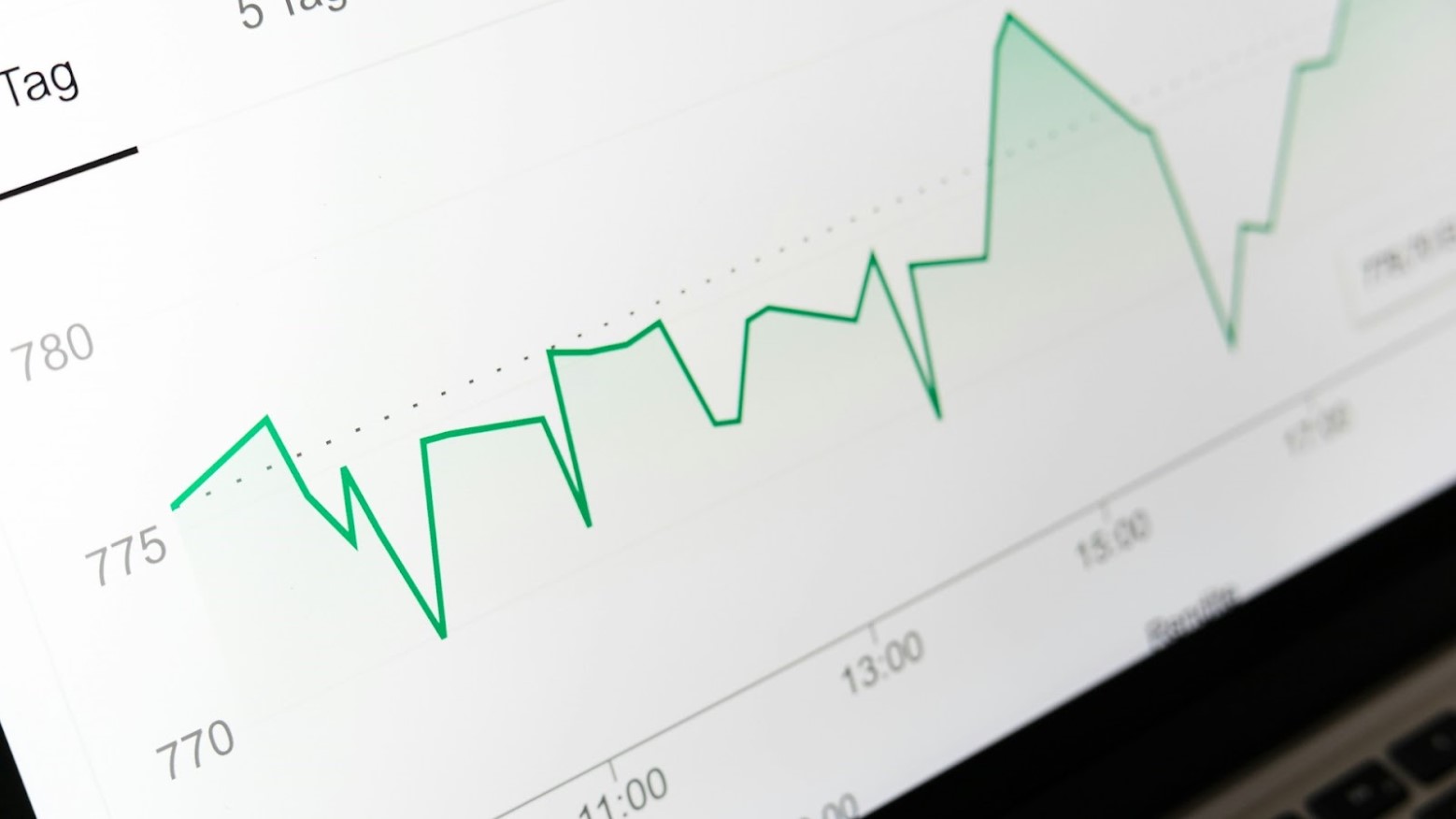
The study tracks how self-reported marijuana use has changed over the past four decades.
A total of 1,641,041 participants responded across 27 surveys conducted between 1979 and 2022. The data showed trends in use, with periods of increasing and declining use that mirror legislative and social attitudes toward marijuana.
Current Marijuana Use vs. Alcohol Consumption

For the first time, daily and near-daily marijuana use is now more common than similar levels of alcohol consumption, according to the study.
In 2022, an estimated 17.7 million people reported using marijuana daily or near-daily, compared to 14.7 million who drank daily or near-daily.
Marijuana Use Mirrors Tobacco Use

This habitual, daily marijuana use better mirrors the behavior of smokers than that of frequent drinkers.
Around 40% of current cannabis users report using it daily or near daily. This is a pattern that’s more associated with tobacco use than alcohol use.
Marijuana Use Declines During Periods With Stricter Policies
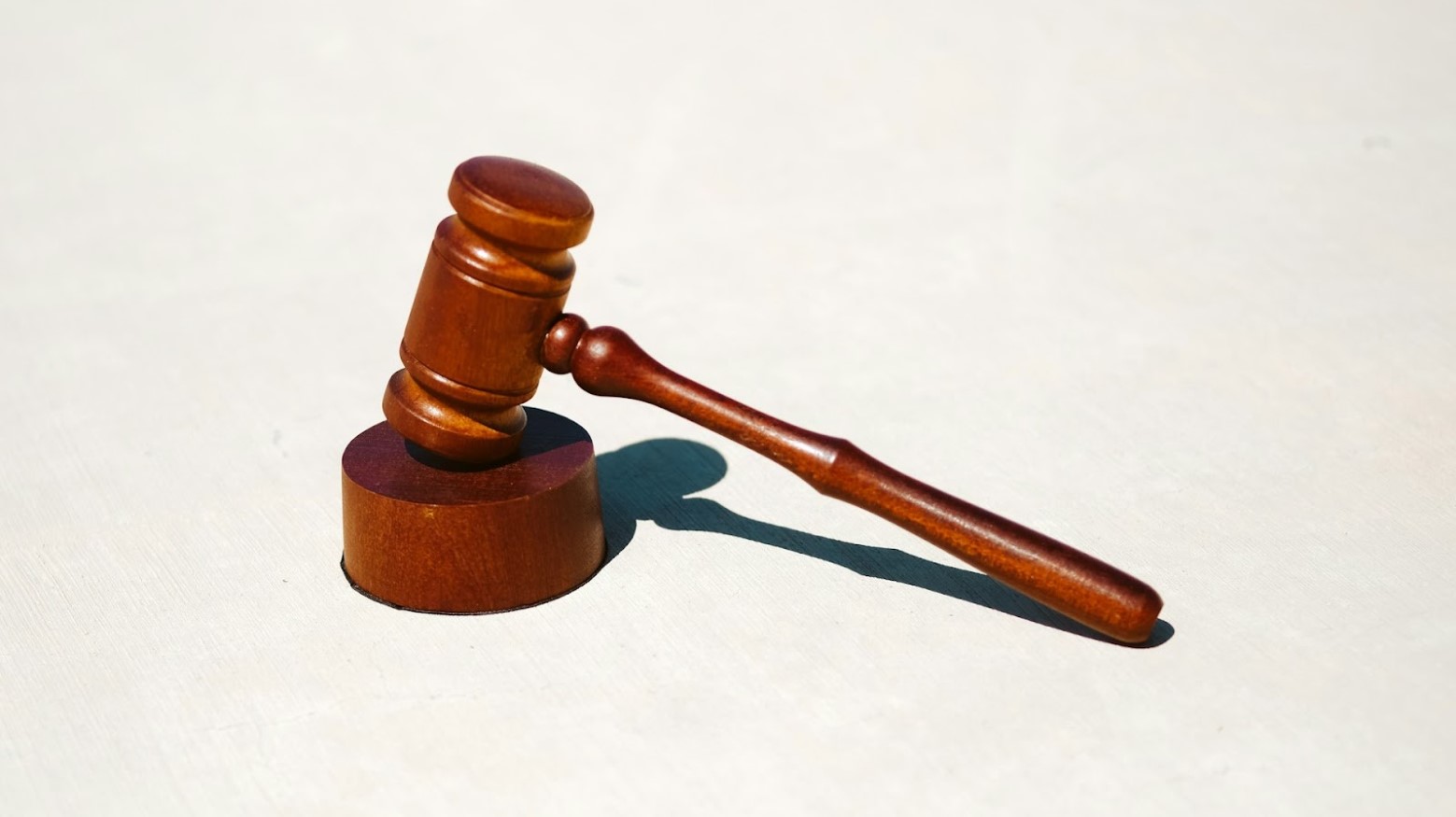
The study found that there was a decline in reported use of marijuana during periods when there were stricter laws and greater restrictions.
Reported use declined to its lowest levels in 1992, following over a decade of strict conservative policies and Reagan’s war on drugs.
More Relaxed Policies Increase Use
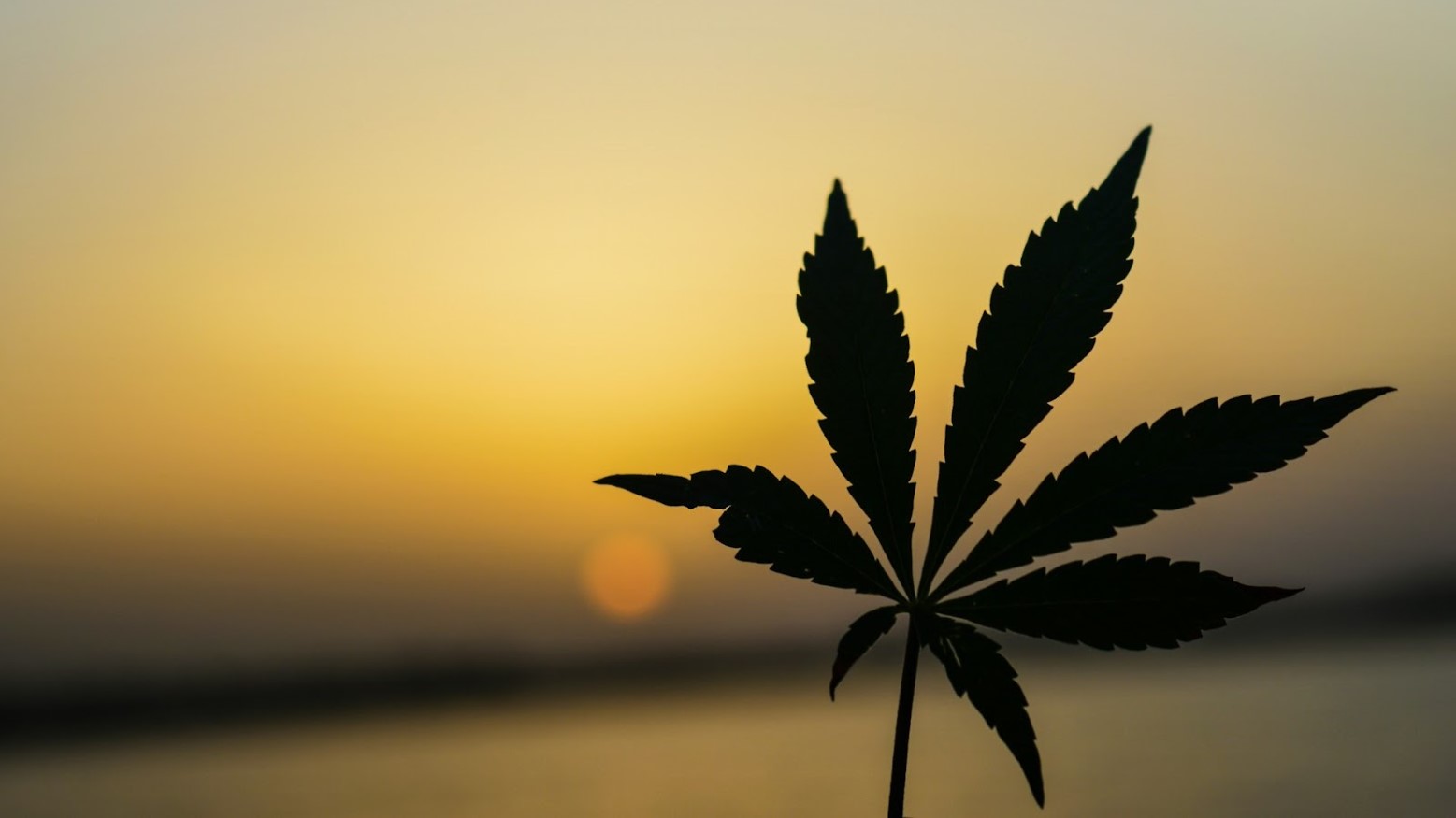
Conversely, and unsurprisingly, there was a sharp increase in reported marijuana use during periods of policy liberalization.
According to the study, the per-capita rate of reporting past-year marijuana use increased by 120% between 2008 and 2022.
Changes in the Legal Classification of Marijuana

The trend of marijuana use over the past 40 years seems to closely reflect public policy. Since 2008, there has been federal non-interference with any state-level marijuana legalization.
Though it remains illegal at the federal level, most states have now legalized medicinal or recreational marijuana. The federal government is also moving to reclassify marijuana as a less dangerous narcotic.
Reasons For This Increase in Marijuana Use
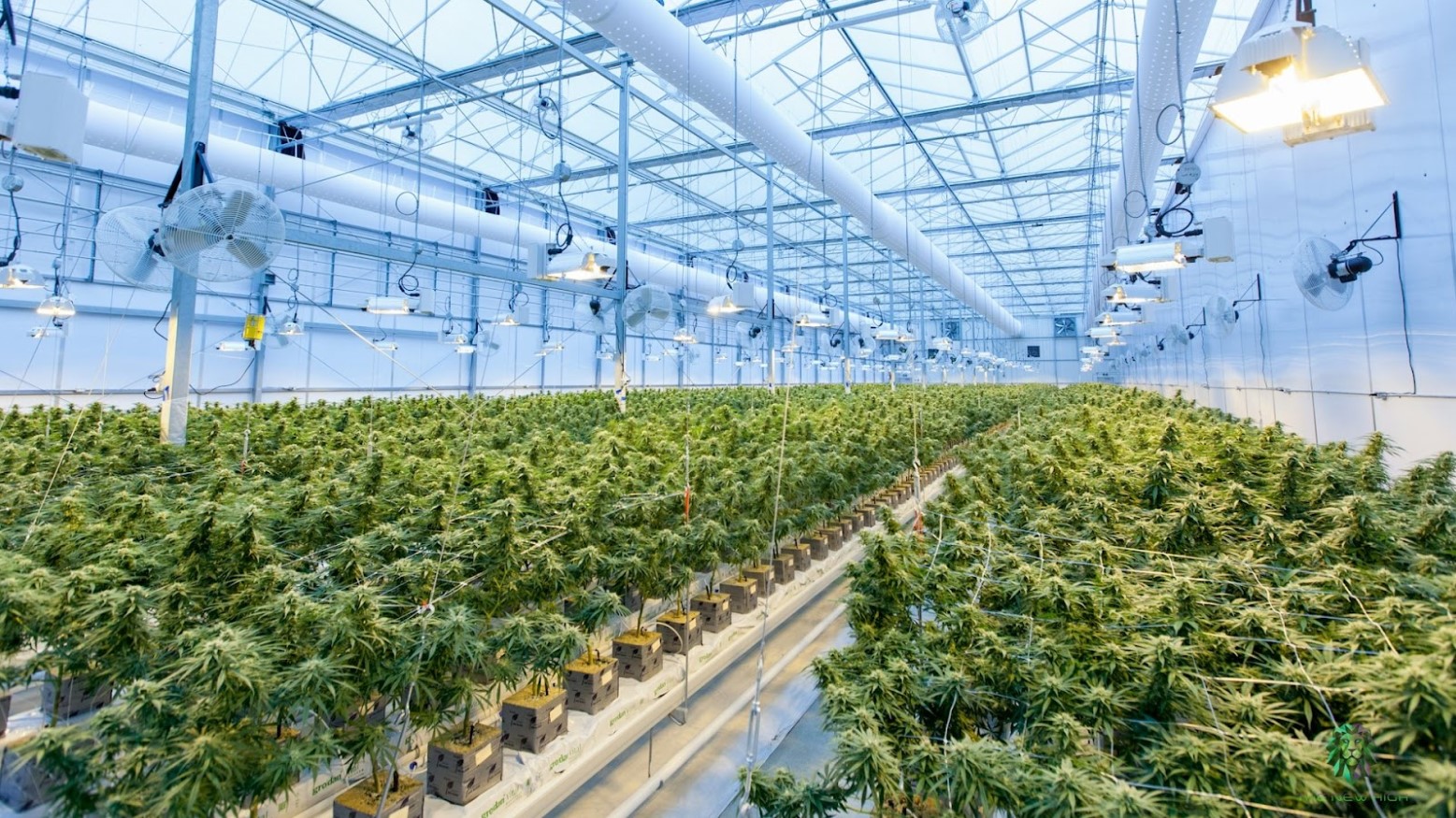
The study shows substantial increases in marijuana use since 2008. Increased use definitely appears linked to changes in state laws regarding the medicinal and recreational use of the drug.
Changes in its legal status have likely also changed social attitudes toward marijuana use. It’s also worth noting that the survey records self-reported use — people may simply have been less inclined to report their marijuana use during periods when it was more strictly legislated against.
The Risks of High-Frequency Marijuana Use

Research independent of this study indicates that high-frequency marijuana users are more likely to become addicted. It also increases the risk of developing health issues.
Frequent marijuana use might cause respiratory issues and potentially increase the risk of developing mental health problems like psychosis.
More Research Is Needed

More research is needed into the potential impact of increased marijuana use in terms of overall public health. A better understanding of the long-term effects of frequent cannabis use and its implications on healthcare is necessary.
This understanding can help inform possible policies and controls that may be needed, even in states where use is legal.
What This Data Means About the Country’s Relationship With Marijuana
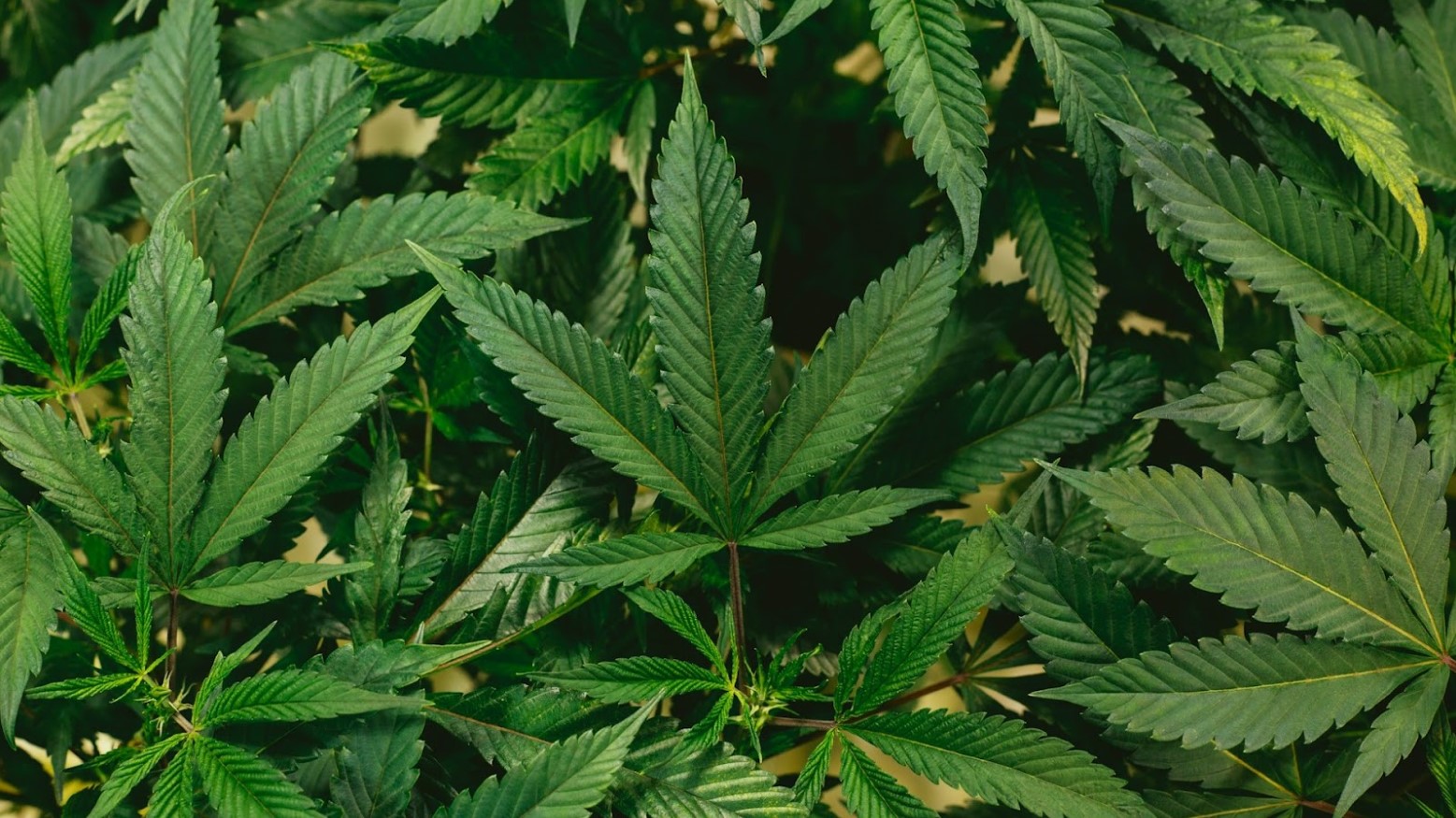
The reasons for this increase in daily marijuana use could be multiple. Obviously, long-term trends in cannabis use seem to correspond with changes in legal policies. Increased medical use likely also contributes.
It remains to be seen exactly what this more frequent use means in terms of public health and safety. More research is needed to better understand the impact of prevalent long-term cannabis use and what policies and controls may be needed
